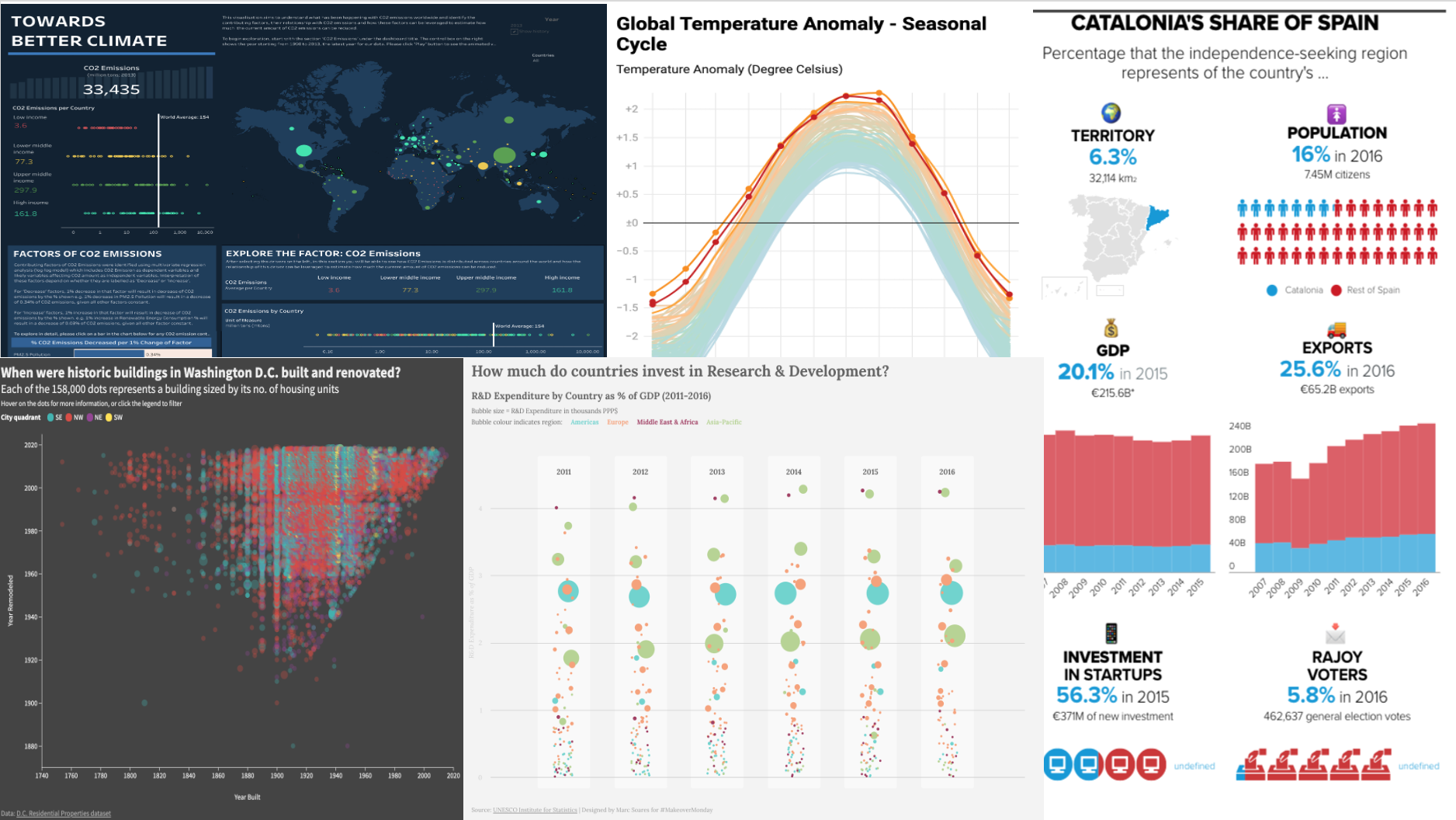79tka Insights
Your go-to source for the latest news and information.
Charting Your Way to Clarity
Unlock your path to clarity! Discover expert tips and insights to navigate life's challenges with confidence and purpose. Start your journey now!
Understanding Charting: A Guide to Visual Clarity
Understanding Charting is essential for anyone looking to enhance their data visualization skills. In today's data-driven world, the ability to present information clearly and effectively can significantly impact decision-making processes. From simple pie charts to complex heat maps, utilizing the right type of chart allows for visual clarity. This guide aims to demystify various chart types and demonstrate how they can be leveraged to convey complex information in a manner that is easily digestible.
When selecting a chart type, consider the data you are working with. For instance, bar charts are excellent for comparing quantities across different categories, while line charts are ideal for showcasing trends over time. To achieve visual clarity, it's important to keep your charts uncluttered. Limit color use, avoid excessive labels, and ensure that your axes are correctly scaled. By applying these principles, you can create charts that not only look professional but also communicate your message effectively.

5 Key Benefits of Using Charts for Decision Making
Charts are powerful tools that can significantly enhance decision-making processes across various fields. One of the key benefits of using charts is their ability to present complex data in a visual format, making it easier for decision-makers to comprehend trends and patterns. When data is represented graphically, such as in bar graphs or pie charts, it allows stakeholders to quickly identify areas of concern or opportunity without the need to sift through dense spreadsheets filled with numbers. This clarity can lead to more informed decisions and quicker responses to emerging issues.
Another advantage of employing charts is their capability to facilitate communication among team members and stakeholders. Visual representations of data can tell a story that words alone often cannot convey, which is crucial in collaborative environments. For instance, utilizing charts during presentations enables leaders to communicate key insights succinctly, ensuring everyone is on the same page. Ultimately, the use of charts not only supports effective decision-making but also enhances alignment and understanding within teams, paving the way for successful outcomes.
How to Choose the Right Chart Type for Your Data
Choosing the right chart type for your data is crucial for effective communication and analysis. Different types of charts serve different purposes, and using the appropriate one can significantly enhance the clarity of your information. For instance, bar charts are ideal for comparing discrete categories, while line graphs are best for showcasing trends over time. Before selecting a chart type, consider the nature of your data and what you aim to convey. Ask yourself the following questions:
- What is the relationship between the data points?
- Is the data categorical, continuous, or a mix of both?
- What story do you want to tell with your data?
Once you have a clear understanding of your data, you can explore various options available for visualization. A general rule of thumb is to prioritize simplicity and clarity. Take advantage of tools that allow you to create interactive charts, as they can provide depth and engagement for your audience. Additionally, be mindful of color use and labels; well-labeled axes and intuitive color schemes can significantly improve comprehension. In summary, by thoughtfully choosing the appropriate chart type and maintaining attention to detail, you will effectively communicate your findings and support your audience in drawing meaningful insights from the data.